The term licorice is used for the extract from the root of real liquorice (raw liquorice) as well as for finished confectionery products that contain raw liquorice as the basic substance. In addition, the extract was used as an expectorant and expectorant as well as an anti-inflammatory and antispasmodic agent in ancient times. In Arab countries in particular, liquorice powder is also used to make soft drinks.
What you should know about licorice

Raw liquorice is an extract obtained from the roots of real liquorice (Glycyrrhiza glabra). The real licorice is a perennial, herbaceous plant from the genus of the licorice. It reaches a height of 50 to 150 centimeters. The roots, which can reach up to 3 meters and more, are harvested in autumn.
For harvesting, the soil is broken up mechanically so that the secondary roots that are harvested protrude from the soil and can be cut from the main root by hand. The main root remains in the soil and forms secondary roots that are ready for harvest within 4 years. The main distribution area for real liquorice is the Orient, but Calabria, southern Italy, also claims to produce the best liquorice in the world. The Calabrian “liquorice farmers” derive this claim from the fact that the climate and soil in Calabria offer the liquorice the best conditions and no artificial fertilizers, herbicides or pesticides are used.
However, the Calabrian and the rest of the European liquorice production has to contend with economic difficulties due to cheap Asian imports. The harvested roots are shredded and the juice, which is initially light in color, is extracted using steam. Then the root juice is boiled and thickened for about 12 hours, stirring constantly. The presence of oxygen leads to oxidation processes that gradually give the raw liquorice a dark color. After cooling down and rolling out, the chewy raw liquorice can be consumed directly as pure liquorice lozenges or processed into confectionery, confectionery or other products.
In some Arab countries, especially in Syria and Egypt, liquorice powder is used to make refreshing and very popular drinks that convey the typical hot-sweet liquorice taste. Liquorice is by far the most important today in its processed form as a sweet, e.g. B. in the form of the liquorice snail and many other manifestations. The main active ingredient in liquorice is a mixture of potassium and calcium salts of glycyrrhizic acid called glycyrrhizin, which gives liquorice 50 times the sweetness of cane or beet sugar. It is known that the health-related properties of liquorice were already known and used in ancient times.
Importance to health
Licorice has a number of health-related properties. One of the most important properties is their expectorant, expectorant and expectorant effect. In addition, liquorice is certified to have an antibacterial and antifungal effect. This is why liquorice is often used to treat the upper respiratory tract, such as hoarseness, coughs and bronchial catarrh.
The root extract of real liquorice is also said to have anti-inflammatory and antispasmodic effects. However, the biochemical course of the empirically found properties is not yet fully understood. The ancient Greeks and Egyptians also used the above properties of licorice to treat coughs and similar ailments and diseases. In traditional Chinese medicine (TCM), liquorice is still used as a standard remedy for the treatment of heart problems, colds, ulcers and skin blemishes.
The Chinese liquorice is extracted from a plant that is very closely related to real liquorice. In the East Asian region, glycyrrhizic acid is used in conjunction with the amino acids cysteine and glycine to treat liver inflammation and liver cirrhosis. However, it is not only positive health aspects that are associated with licorice.
Glycyrrhizic acid intervenes in the metabolism for steroid hormones and, by inhibiting a degradation enzyme, leads to a prolonged residence time of certain corticoids such as cortisone and aldosterone. This can result in high blood pressure and lead to a loss of potassium, which favors cardiac arrhythmias, because a stable heart rhythm requires a certain potassium concentration in the serum.
Ingredients & nutritional values
Apart from the liquorice extracted from the roots of the real liquorice and the roots themselves, the plant is of no importance for human nutrition. Real liquorice is also not used as fodder. The natural dried thin roots can be grated to make a flavorful liquorice tea.
The nutritional value of liquorice and its protein, fat, carbohydrate and fiber content are not in the foreground. Only the secondary plant substances, which are contained in the roots as a sticky juice, are of particular interest. The main active ingredient is glycyrrhizic acid, a mixture of potassium and calcium salts. Most of the properties of liquorice - including its taste - are due to glycyrrhizic acid.
However, glycyrrhizic acid should not be viewed in isolation, because there are other substances such as essential oils, saponins, flavonoids, triterpenes, isoflavonoids and tannins. The medically relevant effects of licorice are a result of all the ingredients in the compound.
Intolerances & allergies
Little is known about direct food intolerances in connection with the consumption of licorice. However, licorice also contains histamines, which in the event of a pronounced histamine intolerance can lead to corresponding - mostly unspecific - symptoms after consuming licorice.
If gastrointestinal problems occur after consuming sweets that contain licorice as the main ingredient, the symptoms can in rare cases be attributed to the licorice. Instead, there is often a food intolerance to other components of the candy consumed.
Shopping & kitchen tips
In the countries of Europe, the per capita consumption of liquorice is very different. A particularly creative and extensive range of licorice sweets and other products can be found in Scandinavian countries, especially in Sweden and Denmark. There you won't find salty liquorice without added sugar, which develops a special taste note.
Liquorice powder is an enrichment in the kitchen for refining and rounding off many dishes. Liquorice and liquorice products from Calabria, southern Italy, which have preferred liquorice varieties that come very close to the wild form of real liquorice for several hundred years, are considered to have a particularly intense taste. Fresh liquorice products are particularly available in late autumn, immediately after the liquorice roots have been harvested.
Preparation tips
In the kitchen, pure liquorice powder is used to refine and round off many dishes. When dosed carefully, the liquorice gives dishes or salad dressings a taste that is most reminiscent of aniseed. Cooking with licorice is relatively new and opens up unlimited possibilities.
For example, a risotto can be prepared that is given a particularly piquant note with a sauce made from white wine, chicken stock, liquorice powder and fresh goat's cheese. Liquorice powder is also particularly suitable for making desserts such as tiramisu. The combination of chocolate and liquorice has proven to be particularly fine. There are no limits to your own creativity and willingness to experiment.

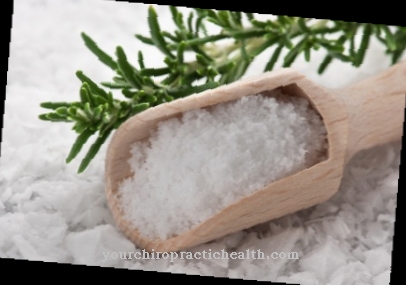
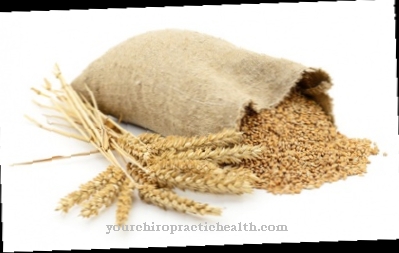
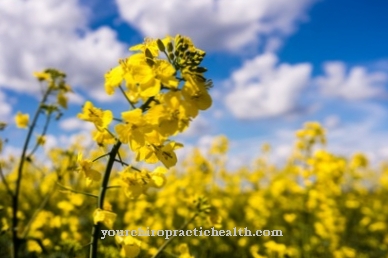
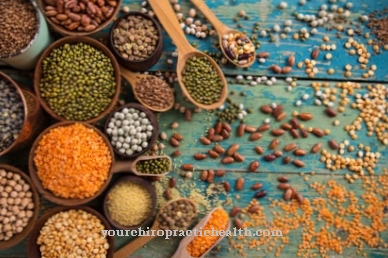
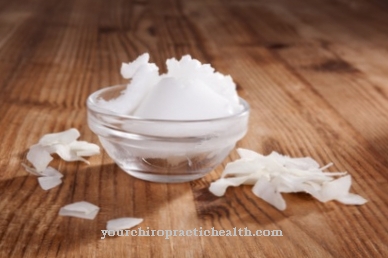



















.jpg)


